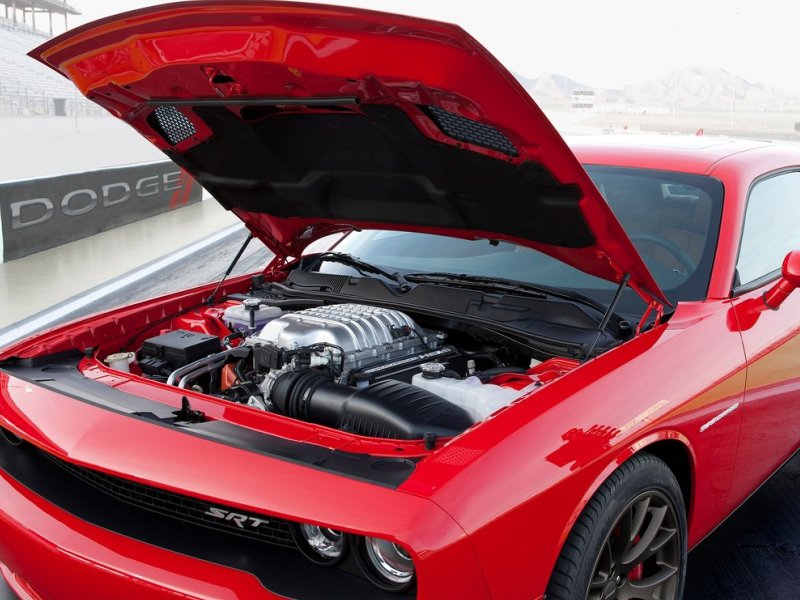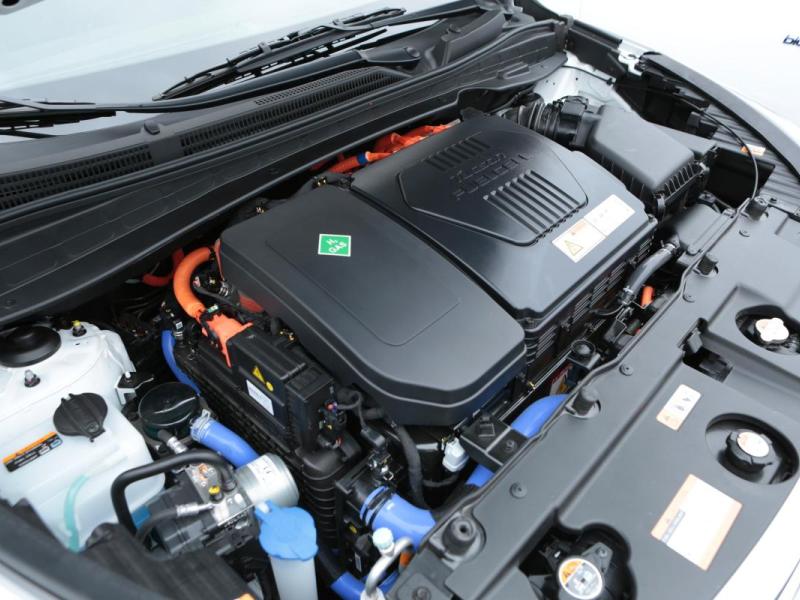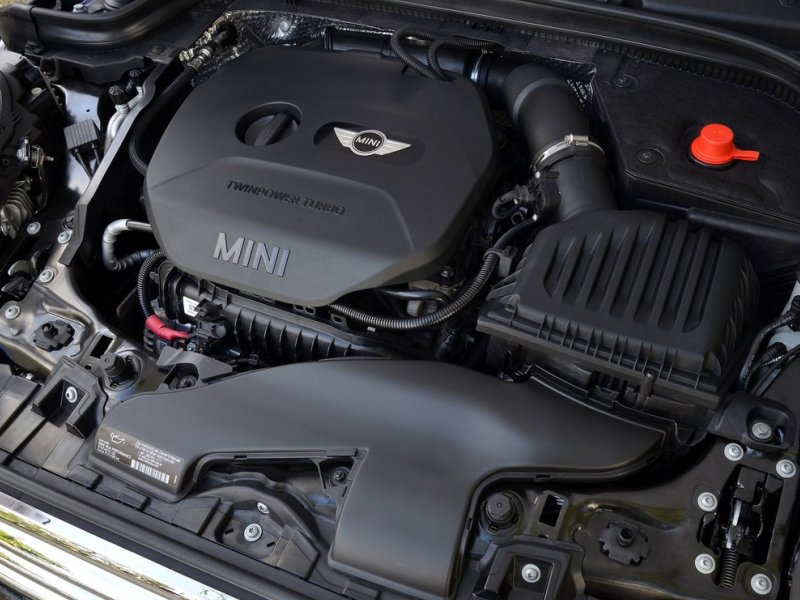Recent Articles
Popular Makes
Body Types
All About Ward’s 10 Best Engines For 2015

2015 dodge challenger srt hellcat engine
Each year, Ward’s AutoWorld selects their top ten automobile engines available on the US market for the next model year. Their first list was released in 1995, and so this year marks the list’s 20th anniversary. In order to be eligible for the list, the engines have to be all new, significantly reengineered, or one of the previous year’s winners, and available in vehicles priced under a certain threshold, which was $50,000 when the list started, but is up to $60,000 for 2015. Engines are rated based on power, torque, fuel economy, technology, and relative competitiveness as well as noise, vibration, and harshness characteristics.
The 1995 list was filled with memorable engines such as BMW’s 3.0 liter S50 straight six (found in the M3), Cadillac’s 4.6 liter Northstar V8 (available in the Seville STS), Ford’s 2.5 liter Duratec V6 (which powered the Contour), Mazda’s 2.3 liter KJ-ZEM Miller cycle supercharged V6 (from the Millenia S), and Nissan’s 3.0 liter VQ30DE V6 (in the Maxima). Forced induction (supercharged or turbocharged) engines have been slowly taking over the list since then: 1999 was the only year the list didn’t feature a single forced induction engine. Since 2006, there have been at least four forced induction engines on the list, and this year set a record with seven forced induction engines (and only one naturally aspirated engine). The other ‘engines’ on the this year’s list are an electric motor, and a fuel cell.
Going by alphabetical order (by manufacturer), the first ‘engine’ on the this year’s list is the 127-kW electric motor that is found in BMW’s i3. The motor produces 170 horsepower and 184 lb-ft of torque, enough to get the 2,800 pound car to 62 miles per hour in 7.2 seconds and on to a top speed of 93 miles per hour. Energy consumption is rated at 27 kWh per 100 miles, or 137 miles per gallon gasoline equivalent (MPGe) city, 111 MPGe highway, and 124 MPGe combined.

The next entry on the list is 6.2 liter V8 that powers the Chevrolet Corvette Stingray, a repeat winner. The only naturally aspirated engine on the list, and one of only two ‘old-school’ overhead valve engines on the list, this new LT1 engine makes 460 horsepower while still achieving an EPA estimated 29 miles per gallon on the highway. The run from 0 to 60 miles per hour takes only 3.8 seconds, and the top speed is around 195 mph.

Dodge’s 6.2 liter V8 shares displacement and the basic overhead valve technology with the Corvette’s powerplant, but that’s where the similarities end. Found in the Challenger SRT Hellcat, this engine boasts a 2,380 cubic centimeter (145 cubic inch) per revolution IHI supercharger that forces enough air into the engine to make 707 horsepower and 645 lb-ft of torque. The sprint from 0 to 60 miles per hour is completed in the low 3 second range, the quarter mile is dispatched with in 10.8 seconds, and top speed is 199 mph. Fuel economy is impressive for the power and size of the car at 22 miles per gallon on the highway.

The Ford Fiesta’s 1.0 liter turbocharged three cylinder engine is very different from the previous two engines on the list, and another repeat winner. Instead of being a large displacement OHV performance engine, this compact unit features dual overhead cams like the other petroleum powered engines on the list. Even with its diminutive size, it still puts out 123 horsepower and 125 lb-ft of torque (or more than 145 lb-ft of torque for up to 15 seconds thanks to its overboost function). Only available with a 5-speed manual transmission, fuel economy is rated at 31 miles per gallon city, 43 MPG highway, and 36 MPG combined.

The next ‘engine’ on the list the 100 kW fuel cell found in Hyundai’s Tucson FCV. The fuel cell uses a proton exchange membrane to combine hydrogen and oxygen, creating 100 kW with the only exhaust emissions being water. This power is used to power an electric motor, capable of putting out 134 horsepower and 221 lb-ft of torque. Top speed is 100 miles per hour, and 0 to 60 takes a leisurely 12.5 seconds. The Tucson FCV holds 38 gallons of hydrogen, and has a range of up to 265 miles, after which refueling takes less than 10 minutes. Fuel economy is rated at 49 MPGe city, 51 MPGe highway, for a combined 50 MPGe.

Mini’s 1.5 liter turbocharged three cylinder engine can be found in the MINI Cooper, where it makes 134 horsepower and 162 lb-ft of torque. Performance from the little engine is quite good, with 60 miles per hour arriving in 7.4 seconds (or an even better 7.3 seconds with the automatic), and top speed is 130 mph. Fuel economy is 29 miles per gallon city, 40 MPG highway, and 33 MPG combined (28/37/31 for the automatic).

The RAM 1500’s 3.0 liter EcoDiesel V6 is the only diesel engine on this year’s list, and the only diesel from last year’s list (there were three diesels on last years list) to come back as a winner this year. Making 240 horsepower and 420 lb-ft of torque, the Ram with the EcoDiesel has a max payload capacity of 1,614 pounds and a max towing capacity of 9,300 pounds. Fuel economy is rated at 20 miles per gallon city, 28 MPG highway, and 23 MPG combined (19/27/22 for 4WD models), and the EcoDiesel is capable of running on B-20 BioDiesel.

The 2.0 liter turbocharged four cylinder engine found in the Subaru WRX is the only engine on the list with a boxer layout, also known as a flat engine, where the cylinders fire horizontally side to side instead of nearly vertically up and down like most engines. The perfectly square engine (with a bore and stroke of 86.0 millimeters or around 3.39 inches) generates 268 horsepower and 258 lb-ft of torque. Fuel economy is 21 miles per gallon city, 28 MPG highway, and 21 MPG combined with the 6-speed manual transmission (19/25/21 with the automatic).

Volkswagen’s AE888 1.8 liter turbocharged four cylinder engine also made the list for a second year in a row. Putting out 170 horsepower and 200 lb-ft of torque (the same horsepower and more torque than the heavier five cylinder that it replaces), it is well suited for the 2901 pound Golf. Paired with a 5-speed manual transmission, fuel economy is 25 miles per gallon in the city, 37 MPG on the highway, and 30 MPG combined (also an improvement over the old five cylinder motor).

The last engine on the list is Volvo’s 2.0 liter turbocharged Drive-E four cylinder. Found in the S60 T5 FWD Drive-E, the engine is capable of 240 horsepower and 236 lb-ft of torque. The drivetrain features brake energy regeneration, ECO+ functionality, and Start/Stop technology. With the 8-speed Geartronic automatic transmission, fuel economy is rated at 25 miles per gallon city and 37 MPG highway, for a combined 29 MPG.
